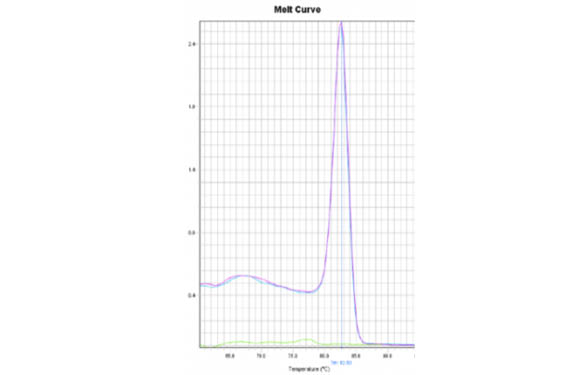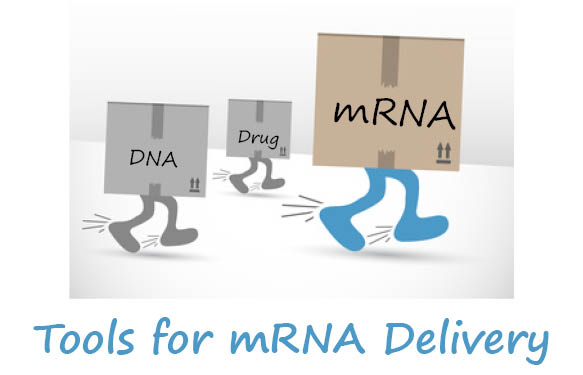In this third post of the miRNA-related series, let’s take a look at miRNA overexpression.
miRNA mimics
Short RNAs are very prone to enzymatic degradation. Novel chemical technologies now allow RNA stabilization to make them resistant to cellular RNAse attacks. However, this approach remains optimal for short term assays. LNA (locked nucleic acid) oligonucleotides show extended half life in cells, characterized by their ability to bind complementary nucleic acids with exceptional affinity. To be mentioned also, 2′-O-Me nucleotide-composed oligonucleotides – as they show increased stability against nucleases and RNA dimers with 2′-O-Me oligos are not recognized by RNAse H (which is a big advantage for antisense technologies).
Plasmids
Transfection with a plasmid bearing miRNA sequence under a classical CMV or SV40 promoter allows overexpression of native miRNAs in most cell lines and even primary cells.
For hard-to-transfect cells, adapted reagents (such as polymers tailored for a given cell type) are commercially available to reach optimized transfection yields. Transfection with polymers often produces “polyclonal populations” of transfected cells (expression-wise), which can prove a valuable advantage to obtain low, medium and high expressing clones.
For those cell types definitely reluctant to transfection, the best option remains gene transfer by lentiviral or adenoviral-based technologies.
Lentiviral vectors
HIV, but also FIV are increasingly used to transfect primary and quiescent cells in culture. They present high efficiency, reproducibility and are useful to produce “monoclonal” populations (expression-wise), all cells producing the same level of miRNA (usually at very high levels).
 To be aware of: overexpressing a microRNA to high levels can have the unintended consequence of saturating the microRNA processing machinery. Thus, the expression of select endogenous miRNAs may decrease as your ectopically-driven miRNA is overexpressed. It is therefore critical to have a non-targeting miRNA control being overexpressed to take this issue into consideration.
To be aware of: overexpressing a microRNA to high levels can have the unintended consequence of saturating the microRNA processing machinery. Thus, the expression of select endogenous miRNAs may decrease as your ectopically-driven miRNA is overexpressed. It is therefore critical to have a non-targeting miRNA control being overexpressed to take this issue into consideration.
Here are some miRNA expression tools that I can suggest for you to take a look at.
If you have any questions, don’t hesitate… fire away below!
[contact-form to=’paola.vecino@tebu-bio.com’ subject=’miRNA post’][contact-field label=’Name’ type=’name’ required=’1’/][contact-field label=’Email’ type=’email’ required=’1’/][contact-field label=’Website’ type=’url’/][contact-field label=’Comment’ type=’textarea’ required=’1’/][/contact-form]




